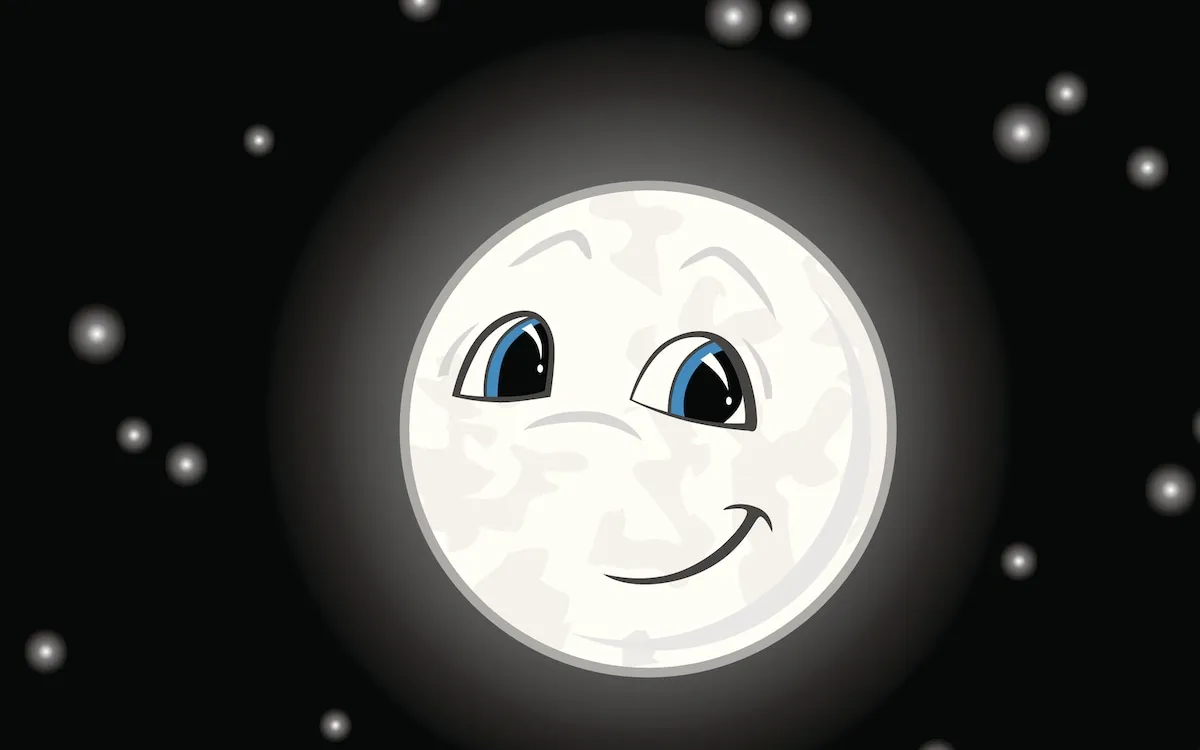
Social media often has a knack for spinning tall tales, especially when it comes to celestial events like night sky watching. However, amidst the chatter, there can be a nugget of cosmic truth. This week, the spotlight is on the much-anticipated “Smiley Face Moon,” which has generated significant excitement among skywatchers. April 25 is the date many are eagerly awaiting, as two bright celestial bodies are expected to represent the eyes of a smiley face, while a thin crescent moon will serve as the grin in the pre-dawn sky.
Despite the buzz, skywatching experts have labeled this phenomenon a social-sharing hoax. They caution that the triple conjunction taking place in our early morning sky on Thursday and Friday may not resemble the classic smiley face sticker that social media has led many to envision. So, what can we realistically expect to see? According to NASA, the view will still be quite captivating: “Around April 24th and 25th, you’ll find Venus, Saturn, and the crescent moon gathered low in the east as dawn warms up the morning sky.” Additionally, those with a clear view of the horizon might catch a glimpse of Mercury shining brightly, albeit very low in the sky.
The celestial “eyes” that people are excited about will actually be the planets Saturn and Venus, with the crescent moon lying on its side nearby the horizon. EarthSky, a reputable source for astronomy news, provided an informative breakdown of what to expect overhead during this event: “While there will be a crescent moon in the sky before dawn on April 25 with two bright planets nearby, it won’t be nearly as dramatic as some images suggest.” EarthSky further elaborated on the discrepancies between reality and the images circulating online.
There are two significant distinctions that separate the actual sighting from the viral images. First, the two planets representing the 'eyes' of the smiley face—Saturn and Venus—exhibit vastly different brightness levels. Second, the crescent moon will be oriented on its side, rather than appearing upright as depicted in many illustrations. The bottom line is that about 30 minutes before sunrise on April 25, 2025, the thin waning crescent moon will form a triangle with the brilliant Venus and the much dimmer Saturn. Mercury will also be positioned near the horizon, but spotting it may prove challenging.
In summary, while the “Smiley Face Moon” might not live up to the whimsical imagery shared across social media, it still promises a beautiful sight for early risers and astronomy enthusiasts alike. If you’re keen to catch this rare celestial event, make sure to set your alarm for the morning of April 25 and find a spot with a clear view of the eastern horizon. Happy skywatching!